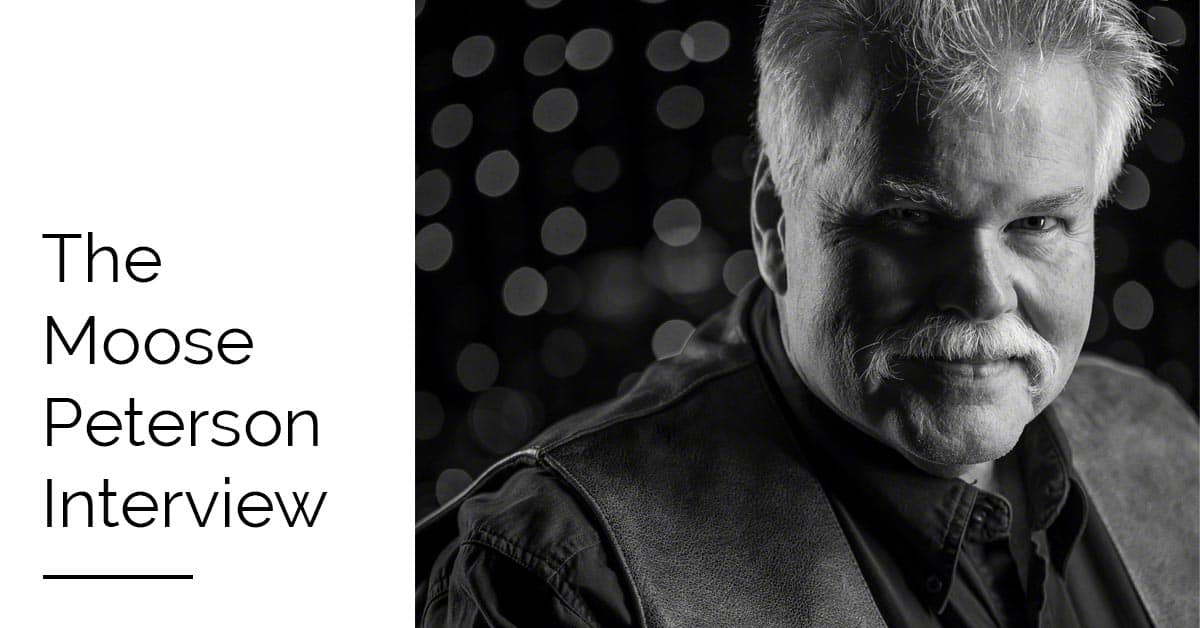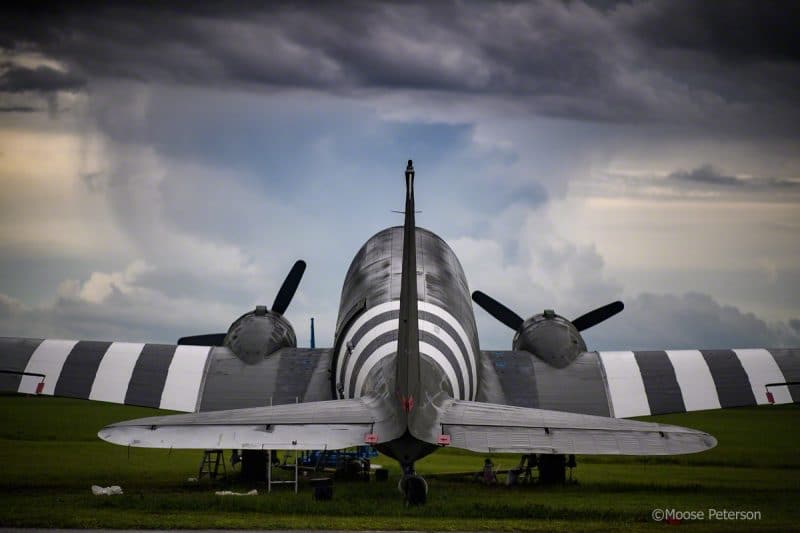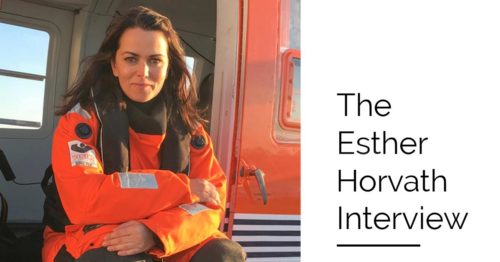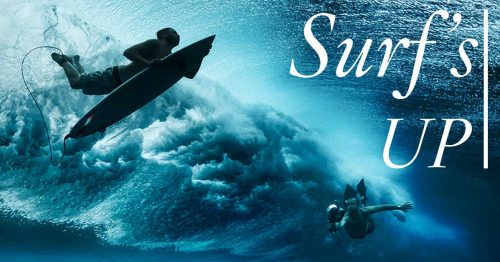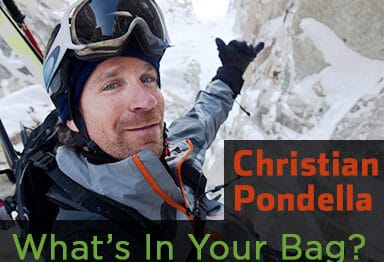I’m super excited to launch this series of conversations with leading photographers, right here on Shutter Muse. Dan and I sat down a few weeks ago to discuss 2019 plans, and when he floated the idea of conducting interviews with a variety of photographers, it resonated right away.
I’ve just launched my own photography business from side-hustle to full-time enterprise, all while moving away from the Yukon and making a new home base in Saskatchewan. Yes, if you’ve been paying attention you’ll know Dan just moved to the Yukon – life is funny sometimes, isn’t it?
Although I’ve been working in photography for over a decade, this leap is daunting and I’ve been thinking about how I can put myself in a position to succeed. I know having a network of peers, colleagues and mentors can really help, and I had already started to ponder a list of who I want to stay in touch with, and who I’d like to reach out to. So the opportunity to share this personal journey and these conversations with you here feels like a perfect fit.
These dialogues will be free-form, but my underlying question for all of my guests will be: what really drives you to pick up your camera and just shoot?
I want to learn how those who are successful in the field have navigated their career paths, how they stay motivated behind the lens, and ultimately, what impact they hope to leave when they hang up their cameras. I really hope you’ll enjoy hearing from them too.
My first guest is none other than Moose Peterson. I first had the pleasure of hearing Moose speak at a Professional Photographers of Canada (PPOC) conference in Vancouver, BC back in 2013. In fact, I’ll admit that seeing his name on the list of presenters was the main reason I picked up a ticket and became a member of the PPOC!
Hopefully Moose is already on your radar, but if not, he’s had an amazing multi-decade career in photography, and educates and inspires photographers around the world through his website (www.moosepeterson.com) and as an instructor on the Kelby One platform. His twin passions are the perhaps unexpected duo of wildlife and warplanes!
When I caught up with Moose, he had just returned home from a long stretch in the field, where he’s been working on a new aviation-themed documentary.
Shutter Muse (SM): Great to see you, Moose, and thanks for helping to launch this new series. I’d love for us to talk about what inspires you, or what your muse is when it comes to photography.
Moose Peterson (MP): I’m honoured to be a part of it. You know, I’ve had nothing but self-assignments my entire career. I’ve never had people call me up and say ‘Hey we need you to go shoot this, and can give you X amount of dollars’. It’s been all self-driven, so that’s a big part of what I do as a photographer.
SM: When did you first realize you could make a life and even a living with your photography?
MP: I can make a living at this? Wow!
So, fame and fortune was never what we (my wife Sharon & I) were after. I’m a third-generation Californian, and I’ve just seen a lot of the things that I grew up with – places I used to play, critters I used to watch – just disappear. So it’s really a very selfish thing that I think I’m doing, which is to try to preserve all that I can for my kids, their kids and future generations. We were left an incredible legacy of wild heritage and wild places to go. At the very least we need to leave that when we leave, and the next generation comes, as stewards of all this.
You know, I’m an economics major, and a U.S. capitalist through-and-through, however while making money has always been a part of the genre, it’s never been the driving force. We started out having to put our entire business on credit cards the first few years when funding fell through. I keep my word, and didn’t want to back out of the project, so we just paid for it all with credit cards. I remember shooting film, and it would just sit in the freezer until I could afford to get it processed.
So it’s never been easy, and I don’t think it’s supposed to be easy. I never took it as a problem that it was hard, it’s just part of the process.
SM: It sure sounds like it’s about the passion and the purpose with your work.
MP: Well I’ve been very fortunate and have a family that’s been supportive. When my kids were living at home, and I’d be working on a project, we would pull them out of school to join us. There were many years they didn’t attend school as many days as required – but they learned all this extra material from working with these biologists. They still got great grades and had all these additional learning experiences, which allowed me to be a dad and father, and do this thing called photography. It’s turned out really well, and to this day my favourite shooting partners are my sons.
SM: Can you tell us about this big project that you’re working on?
MP: Well I’ve been an editorial photographer my entire career, and telling stories with lots of photographs and words has kinda been my M.O. We found that you can really reach a lot more people in a documentary format versus an article. The difference is with an article you get paid some money, but with a documentary you *spend* a lot of money.
My sons and I are part of a group that rescued a World War II C-47 from the swamps in Florida. We pulled it out, have brought it back to airworthy status, and will be flying it over to England via the northern route. Then on June 6th, 2019 we’ll be flying it over the beaches of D-Day in Normandy, France.
So the documentary is about that whole process. From rescuing the plane, bringing it back to life, and of course the whole ceremony and tribute over in France, Germany and the Netherlands. It’s a Moose Peterson & Sons production, and you can go over to www.NormandyBound.com where we have a teaser trailer up.
SM: Wow, super cool. You talked earlier about doing primarily self-assigned work. I think many folks starting out in photography scramble to have work come to them from an editor or clients, but you’ve taken a different approach all along. Can you tell us a little bit about how you identify your projects?
MP: It definitely takes a lot more than I can describe here, but in a nutshell I stay informed. I read a lot, and knowing your subject is so important, no matter your genre. I’m a voracious consumer of headlines and stories, and all that. From that, and talking to people who I trust, somehow things come into my mind about a direction I want to go. And once I’ve picked that direction, I don’t really give up until I’ve got what I think I need.
In the editorial or magazine world, if you take all the photographs out, you have a scientific journal. Scientific journals are pretty boring. It’s not what you’d pick up to read on a Sunday morning with the snow falling next to a fire. Editors have to have photographs, so they go out and find them. If they have just one hole (space on the page set aside for a photo) in the article, you’ll have to work pretty hard to fill that one hole.
But if you as a photographer write an article, you can create and fill the holes with your photographs. When you deliver that complete package, not only do you increase your payday from just one possible photograph, you put a complete text-photo package in the hands of the photo buyer. If it’s quality, not only do they buy it, they continue to come to you. Which is why I’ve been in 143 magazines worldwide. After all these years, I have the extreme luxury of knowing what my clients are looking for, and just being able to put it in their hands and I know it will get published.
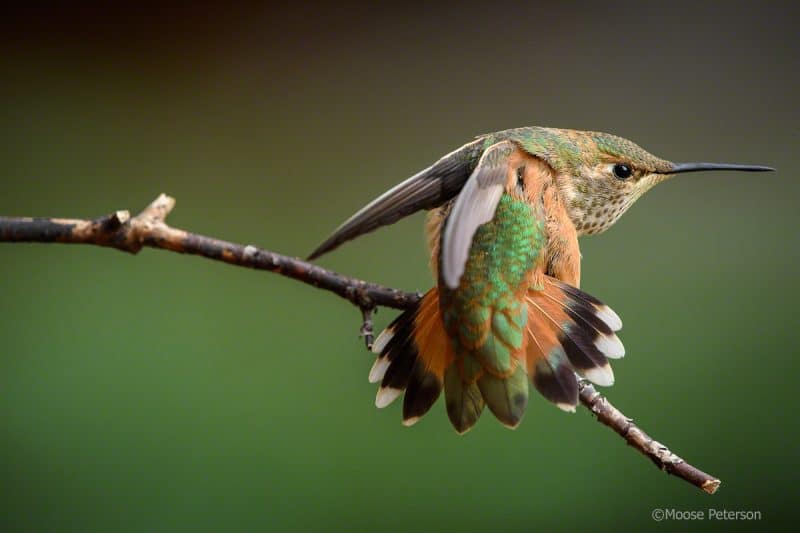
SM: So you’re making them an offer they can’t refuse basically?
MP: Well the photography is everything. If you have the photograph, you’re in control. Lots of photographers don’t realize that and they try to rely on too many things other than solid craftsmanship behind the camera.
Photo buyers are still my best teachers. They’ll sit and look at a photograph and tell me how it could be stronger in terms of telling a story. They don’t say ‘Oh you should have used a different lens, or f-stop’. They don’t go there. They say ‘This would have had more impact if…’, and they talk about the story-telling. Besides paying you, they’re teaching you.
SM: I know that quite often when photographers get a rejection letter or hear harsh criticism, it can really take the wind out of their sails. But you’re really talking about that being great stuff to grasp on to and learn from.
MP: I have a file drawer full of written rejection notices from back in the days when we used typewriters and paper. I’m kinda weird, and one thing I’ve always looked for is failure. That’s the only way you grow. When a photo editor says I could have done something better, I take it to heart and never take it as criticism – that’s how you grow.
SM: Excellent. So much of your drive and motivation seems to come from within. Are you able to point to any photographers or non-photographers who have inspired you along the way?
MP: When it comes to literature, I read John Muir my entire time growing up. I spent a lot of time in the backcountry with my father, going up and down the Sierra. So that probably brought the romantic-poetic part of me out more than anything else.
As far as photography goes, there was a photographer way back when called Tupper Ansel Blake. He was a specialized California photographer, and another romantic photographer, trying to save pieces of California through his photography. He probably gave me the ideas that started me down the road that I’ve been on.
Otherwise, light is my greatest inspiration. I look at light 24/7/365. When it grabs my attention, I always try to figure out why and see if that’s something I can learn from and incorporate in my photographs.
SM: You’re a voracious reader, researching and seeking inspiration from everywhere.
MP: This goes back to a very old grammar school lesson. When you’re starting to write and the teacher says ‘in order to write about a subject, you have to know about a subject’. And photography is no different. The word photography means ‘write with light’, so if you’re going to write, you have to know the subject. When you know the subject, the story is almost written for you, you just need to use light to move the eye through the frame.
SM: You’ve certainly accomplished a lot with your work, and have a lot on the go with this new project. Is there anything, or any species on your bucket list that you haven’t shot yet?
MP: Oh, I’m still after the bastard. I saw the droppings just outside the house here the other day. The white-tailed hare is a big jackrabbit that lives here in the eastern Sierras. Very secretive, and turns white in the winter time. It’s a big guy, and most people will think it’s a snowshoe hare, but it’s a white-tailed hare.
I live about three hours from the airport here, and when I leave the house to go to the airport in the winter, I swear to Pete that at least three times on my drive it’ll be along the side of the road waving at me as I go by. I’ve spent many, many hours chasing him, and have two photographs. Both of them are butt-shots of him running away. He’s still my nemesis, and I affectionately call him the bastard. I’d love to really get some shots of this elusive, and some think endangered, species.
SM: As a wildlife photographer, patience clearly comes with the territory. Do you have any stories to share about the lengths you’ve gone to, to get the shot?
MP: There isn’t any critter that hasn’t required an investment in time. Since I refuse to have an impact on their daily activities, they have to do their thing as if I’m not there. And that takes time, no matter what it is. Kit fox, pikas, marmots, birds. They all require time, which is the one thing I recommend any photographer. You have to give yourself time. People are looking for results way too quickly, whether it be photographically, financially or with their business. It doesn’t happen over night. If it’s a race between the hare and the turtle, you’ve gotta be the turtle – even though I’m constantly chasing that bastard.
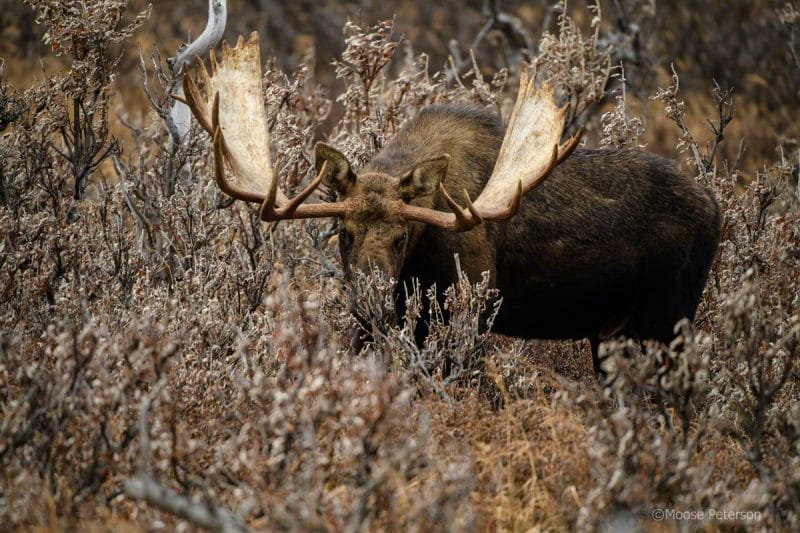
SM: Through your images, you have certainly inspired an appreciation for all of the subjects that you have photographed. Would you say something about your approach to education and the next generation of photographers?
MP: Well, the website is coming up on 4,000 pages of free information. So I don’t have any secrets – if someone wants to read, it’s all there.
When I started out, I used to go to the research library at the University of California Santa Barbara. This is back when you’d have a big legal pad for notes, and have to get the help of the librarian to help you find the right book. You’d sit there and take notes, write down specific pages, do the research, so that when you go out and take photographs it’s engrained in your being.
Too many photographers now – and I hate generalizing, so I know there are exceptions – don’t even bother to read. They look at a photograph, and make way too many assumptions when they have no idea what they’re seeing and how it was constructed. Between that lack of knowledge and assumptions, they’re putting themselves down a path where, photographically if you’re in a business, you’re not going to come back from it.
So my website is there with all the ills, all the rewards, all the successes and failures. People assume a lot, but this is not a field for fame and fortune. That’s not what I, or any of the peers I hang with, are out for. If it comes, it’s strictly fleeting. So the education comes about in many ways, and if I reach one person, I feel like I’m dong ok.
SM: When it comes time to hang up the cameras and call it a career, what do you hope will be the impact you’ve had along the way?
MP: I don’t see a day when that’s going to happen. The cameras will be with me to the last moment. If I’ve sent off to the world two sons that have been successful, I’ll be happy. As long as I can keep taking photographs, I will.
SM: Thanks so much for sharing your time and insights, Moose. Can’t wait to hear more about your documentary when it comes out.
MP: Excellent. My pleasure.
(The interview transcript above has been edited for clarity.)

